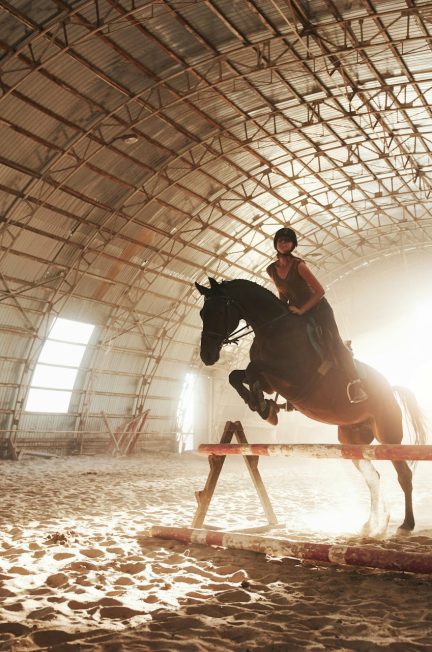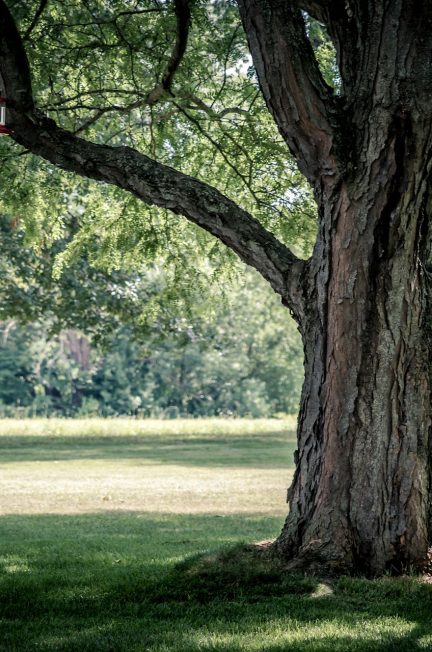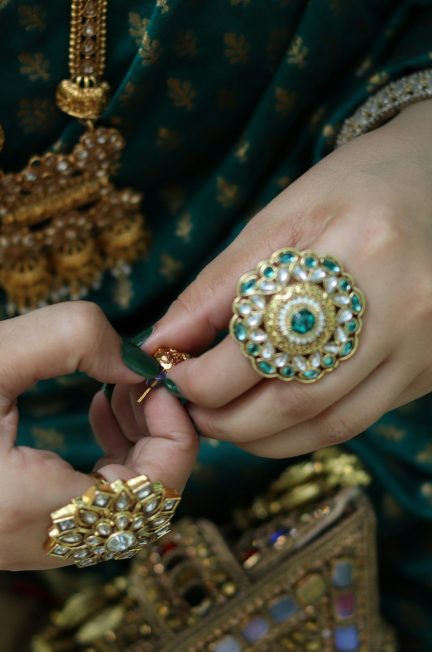Key Takeaways:
- Well-selected horse jump accessories can enhance safety, performance, and the overall training experience.
- Breakaway cups, jump fillers, and poles are essential for creating diverse and challenging courses.
- Incorporating standards, ground lines, and wings can improve course aesthetics and functionality.
- Regular maintenance and updates of your accessories ensure longevity and safety.
Table of Contents:
- Introduction
- Breakaway Cups
- Jump Fillers
- Jump Poles
- Standards
- Ground Lines
- Wings and Gates
- Maintenance Tips
- Conclusion
Introduction
Designing a horse jump course requires more than just placing a few barriers in an arena. Certain accessories are essential to create a challenging and safe environment for riders and horses. These tools are not just enhancements but necessary components that contribute to the course’s complexity, safety, and overall success. This article explores top must-have horse jump accessories that every course designer and equestrian should consider incorporating into their setup.

Breakaway Cups
Breakaway cups are pivotal for ensuring horse and rider safety during jumps. These cups allow the jump rail to fall away easily if struck, preventing severe accidents and injuries. This feature is essential in competitive environments where the safety of participants is a priority. Breakaway cups are made from durable materials and are designed to fit various jump standards, making them a versatile addition to any course.
According to experts, breakaway cups have been instrumental in reducing the risk of accidents in equestrian sports. They are a vital investment for anyone serious about maintaining a safe and professional jumping course.
Jump Fillers
Jump fillers are crucial for adding visual interest and complexity to your course. These include anything from flower boxes, brushes, planks, and walls. Fillers encourage horses to develop a better jumping technique by presenting varied and visually stimulating obstacles.
Incorporating different types of fillers can also help desensitize horses to new and potentially frightening objects, making them more versatile and confident competitors. Additionally, jump fillers can make the course more aesthetically pleasing, offering an element of professionalism and flair.
Jump Poles
Every jumping course is complete with jump poles. These are the horizontal bars that the horse jumps over. Poles come in various lengths, weights, and materials, including wood, PVC, and fiberglass. It is advisable to have a range of poles to adjust the difficulty and type of jump.
Moreover, horse jump accessories like jump poles are indispensable for creating straightforward and complex configurations. Properly maintaining these poles is essential, as damaged poles can compromise safety.
Standards
Standards are the vertical supports that hold up the jump poles. They are adjustable, allowing you to change the height of the jumps to suit different levels of skill and experience. Standards come in various designs and heights; some even feature decorative elements to add sophistication to your course.
Investing in high-quality standards ensures that your jumps are stable and can withstand frequent use. It’s also essential to use standards that comply with regulations if you prepare courses for competitive events.
Ground Lines
Ground lines are poles or rails placed on the ground in front of a jump. They help horses judge the height and distance of the jump better, promoting a safer and more effective approach. Ground lines are handy for training young or inexperienced horses, providing visual cues that help them gauge their take-off points more accurately.
Utilizing ground lines in your jumps reduces the likelihood of refusals and run-outs, ensuring a smoother and more confident performance from your horse. These lines can be adjusted and combined with different jumps to customize your course complexity and training focus.

Wings and Gates
Wings and gates are extensions attached to the sides of jump standards, providing both aesthetic appeal and functional benefits. They can create a broader, more formidable-looking jump that’s more challenging for the horse. Wings can also help guide the horse toward the center of the jump, promoting a straighter and more accurate approach.
Adding gates can make the course visually stimulating and can be used to create specific jump types, like oxers or triple bars. They offer an additional layer of complexity and can significantly enhance the overall appearance of the course.
Maintenance Tips
Regularly maintaining your horse jump accessories is crucial for ensuring their longevity and safety. Here are some tips:
- Inspect regularly: Check for wear and tear, especially on the poles and breakaway cups.
- Clean regularly: Remove dirt and debris from the jump fillers and poles to keep them in good condition.
- Store properly: When not in use, store your accessories in a dry, sheltered area to prevent weather-related damage.
- Repair promptly: Address any damage as soon as it is identified to maintain safety standards.
Regular upkeep ensures your accessories remain functional and safe, providing a reliable and professional course environment.
Conclusion
Selecting the right horse jump accessories can significantly affect your jump courses’ effectiveness, safety, and enjoyment. From breakaway cups and jump fillers to poles and wings, each accessory uniquely creates a comprehensive and challenging jumping experience. Regular maintenance of these accessories ensures their longevity and safe use, contributing to a high standard of equestrian practice. By investing in these essential items, you not only enhance the training and competitive experience but also promote a safer and more engaging environment for both riders and horses.
Image by Unsplash+



